Clear vs TSA PreCheck vs Global Entry: What's Worth Your Money?
Clear, TSA PreCheck and Global Entry all promise faster airport security times, but what's the difference between them and which one is worth it for you?
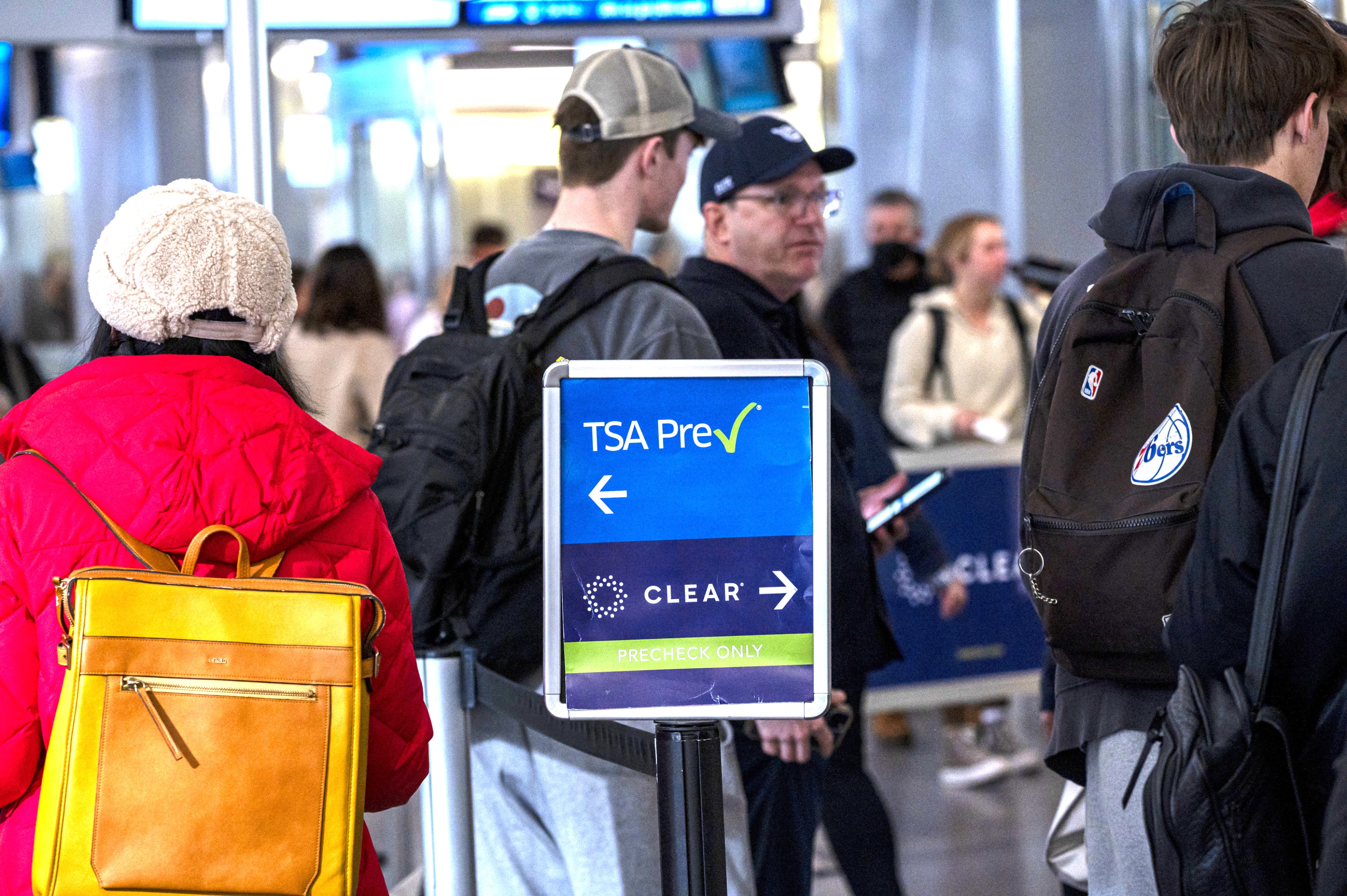

It all used to be so simple when you went to the airport. You'd just get there a bit ahead of time, make your way through security, board your flight and head to your destination. Now, though, we're constantly confronted with choices like airline points, rewards credit cards, and a whole mess of services to sign up for that are supposed to save you time at the airport, like TSA PreCheck, Clear and Global Entry.
But what exactly are each of these services, what do they cost, and what do they actually save you? It's hard to keep track, especially when it feels like something new pops up every time you fly. And as some prices have increased this year, it's worth knowing what exactly you're paying for.
So, let's break it down, piece by piece, to determine what — if anything — is worth it for you between Clear, TSA PreCheck and Global Entry.

Sign up for Kiplinger’s Free E-Newsletters
Profit and prosper with the best of expert advice on investing, taxes, retirement, personal finance and more - straight to your e-mail.
Profit and prosper with the best of expert advice - straight to your e-mail.
| Row 0 - Cell 0 | Clear | TSA PreCheck | Global Entry |
Cost: | $199/year + $119/additional person on shared account | $77-$85 every 5 years | $120 every 5 years |
Main perk: | Skip the general security line and the TSA PreCheck line. | Skip the general security line and enjoy an expedited TSA security process. | Skip the passport control lines when returning from an international trip. |
Other perks: | Use Clear Plus to skip the lines at participating stadiums and arenas, too. Enjoy member's only discounts and perks from Clear Plus partners. | No need to remove your shoes or unpack your electronics when going through security. | TSA PreCheck is included. Global Entry can be used as a substitute for the Real ID. |
Average airport wait time: | 5 minutes to get through security, though Clear lines can be long at some airports | 10 minutes or less wait time on average, though TSA PreCheck lines can be long at some airports. | About 45 seconds to go through processing at a Global Entry kiosk, though wait times to get to the kiosk vary. |
Application time: | Complete enrollment in minutes. | 5 minutes for the online application, 10 minutes for the in-person interview, 3-5 days to receive approval | About 2 weeks to receive approval, but some applications can take longer. |
| Row 6 - Cell 0 |
Clear vs TSA PreCheck vs Global Entry: What's the Difference?
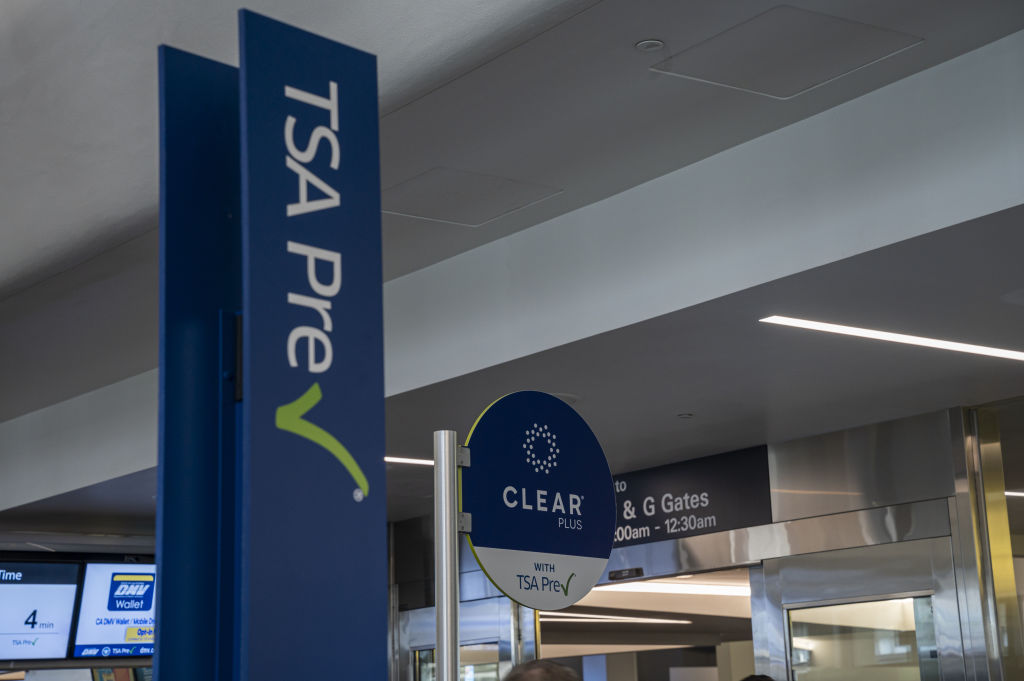
These three services offer different values at different touchpoints along the flying experience. We'll review them in chronological order based on when you'd encounter each.
Clear: Clear is essentially a company that uses biometrics for security clearances. When you get a Clear membership, the machines take scans of your eyes and fingerprints as ways to subsequently identify you.
If you have a Clear membership, when you walk into an airport and get to the TSA security checkpoint, you can go to a Clear security line. At that line, you'll reach Clear-branded machines that scan your boarding pass and eyes or fingerprints to identify you. Once you're identified, a Clear employee will escort you to the front of the security line, bypassing non-Clear members in both the general security line and the TSA PreCheck line.
You then have to go through the regular TSA security process, as in put your carry-on bags through the X-ray machine and walk through a screener yourself. That includes things like taking your laptop out of a bag and taking your shoes off.
Clear is starting to get rolled out at stadiums and arenas, too. So you may be able to skip the lines at sporting events and concerts.
Main benefit of Clear: Bypass the line at the start of TSA security screening.
TSA PreCheck: Now, if taking off your shoes is an annoyance, TSA PreCheck is what you're looking for. Unlike Clear, TSA PreCheck is a government program run by the Transportation Security Administration (TSA) itself.
If you have TSA PreCheck, when you walk into an airport and get to the TSA security checkpoint, you can go to a TSA PreCheck security line. Unlike with Clear, you will have to wait on that line until you reach the TSA agent who will check your boarding pass and ID. You may even see Clear members getting escorted to basically "cut" you in line to reach that agent. However, it is still typically a faster-moving line than if you have neither, since it's a line only for TSA PreCheck members.
But it has the upper hand over Clear once you pass the TSA agent. When going through security with TSA PreCheck, you don't have to make certain efforts like taking off your jacket and shoes or removing a laptop from a valise. You can also typically walk through the easier metal detectors rather than standing at attention at the newer body scanners.
Main benefit of TSA PreCheck: Less hassle getting yourself and your bags through security.
Global Entry: You know when you finally land after your long-haul flight and all you want to do is get home, but first you're confronted with a massive line at passport control? This is where Global Entry comes into play.
Global Entry, like TSA PreCheck, is run by the government — this time, by U.S. Customs and Border Protection (CBP).
If you have Global Entry, you can go to a specific Global Entry lane at passport control. There, rather than talking to an agent, you can typically use a machine by yourself to get clearance into the U.S. Like Clear, the machine will take a photo to confirm your identity. Once cleared, the machine prints a receipt you can take to an agent to approve the process and let you through.
Even when you're not traveling internationally, Global Entry members automatically get TSA PreCheck, too.
Another bonus for those who still haven't gotten a Real ID, a Global Entry membership is an acceptable alternative to get you through TSA without issues.
Main benefit of Global Entry: Skip long lines at passport control when reentering the United States.
In sum: Clear gets you to the front of the security line; TSA PreCheck gets you through security faster, and Global Entry gets you home from abroad more quickly.
Clear vs TSA PreCheck vs Global Entry: Applications and costs
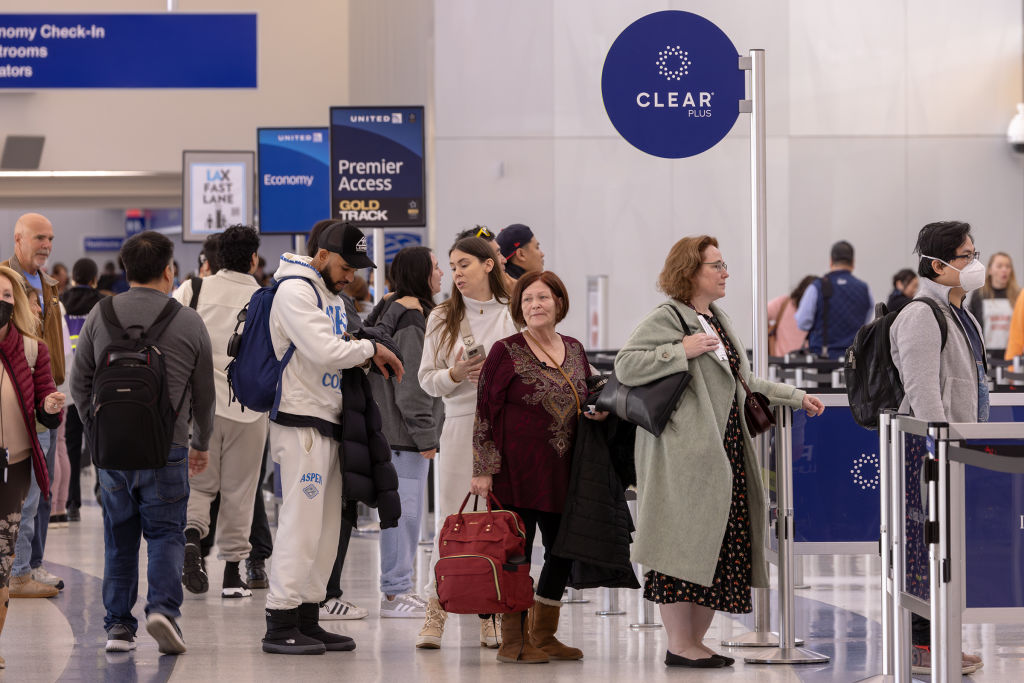
Clear application: Sign up online or at a Clear station at the airport for Clear Plus. You will have to do your biometric screening the first time you visit a Clear station after signing up. Smile!
Clear cost: $199 annually for an individual. You can also pay $199 annually and add up to three adults (family or friends) for $119 each under the Family plan.
Clear discounts: Certain airline rewards programs (including United and Delta) offer discounts or free memberships to Clear, depending on your status with the airline. Some credit cards (primarily through American Express) also get you free Clear Plus membership. There are also discounts for military service members and government employees.
TSA PreCheck application: Submit an application online or at an enrollment location. The TSA says most applications are approved in three to five days, but some can take up to 60 days. As part of the approval process, you'll have to go to an in-person appointment at an enrollment location where, like with Clear, TSA will collect your fingerprints and photo. You will also pay for your membership at the in-person appointment.
After you're approved, you'll get a Known Traveler Number that you can file with your airline rewards profile and/or submit any time you book a flight. That will make it so that your boarding pass says "TSA PreCheck" on it.
TSA PreCheck cost: The first-time cost depends on the enrollment provider you end up with. If it's Telos, it's $85; if it's Idemia, it's $78. You can also — don't get too confused now — enroll through Clear, in which case it's $77.95. These memberships last five years, and renewals range from $70-78, depending on the enrollment provider.
TSA PreCheck discounts: Many travel rewards credit cards will reimburse you the cost of TSA PreCheck in the form of a statement credit.
TSA PreCheck + Clear bundle: Right now, Clear is offering a bundle for both at $199, so you're basically getting TSA PreCheck for free.
Do you need both? Theoretically, getting both can speed up your time through security as it means you can skip the line (Clear) and not take off your shoes (TSA PreCheck).
The bundle makes Clear cost less for the first year of membership and can also save you some hassle in signing up for and renewing both memberships.
Global Entry application: You can apply online. CBP will conduct a review and background check, and if accepted, you will have to schedule an interview at an enrollment center. Like with PreCheck, this is an in-person appointment to finalize your enrollment.
Global Entry cost: There is a $120 one-time fee for your application. The membership lasts five years, and then you have to renew it.
Global Entry + TSA PreCheck: One important benefit: If you are approved for Global Entry, you also get PreCheck. So, you would not have to pay for both. You do have to remember, though, to include your Known Traveler Number when booking flights to get the PreCheck tag on your boarding pass and thus access that security line.
Clear vs TSA PreCheck vs Global Entry: How to choose
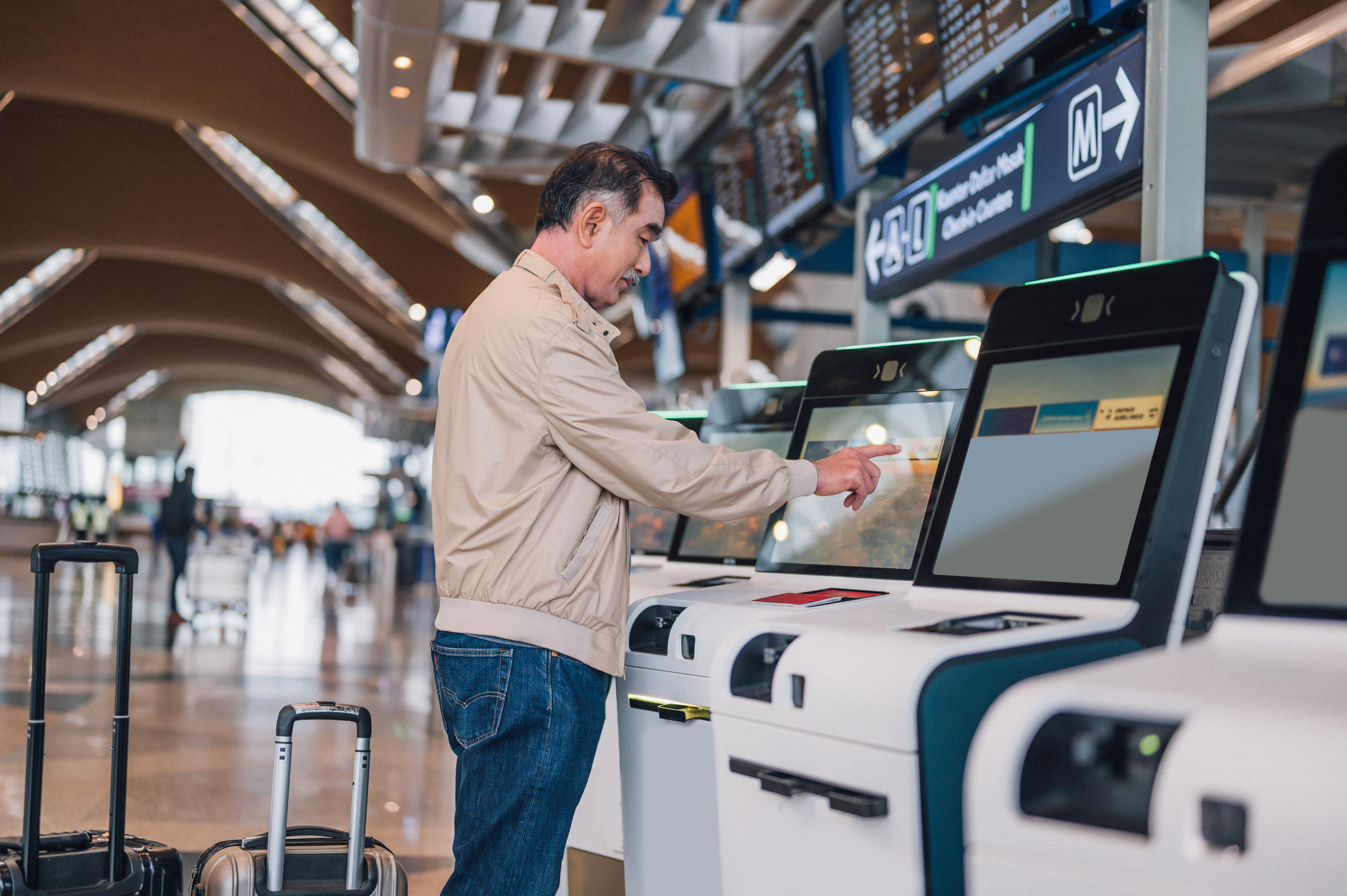
It's important to note these programs are all largely for American citizens and largely function at U.S. airports.
There are some other limitations. These services are not currently present at every airport in the U.S. If you are considering signing up for one of them, you should check to see if the airport you use the most offers it. Clear is available at over 50 airports (it's also used at some event venues), see list here. TSA PreCheck is available at over 200 airports, see list here. For Global Entry, see list here.
Figuring out what works for you may take some evidence gathering.
Global Entry is the most cost-effective of these options, but if you don't travel internationally very much, it may not save you all that much time. In fact, the TSA recommends PreCheck over Global Entry if you fly internationally less than four times per year. You may also get familiar with how long the passport lines are at your typical home airport. If you've never gotten stuck on a passport line, you may not need Global Entry. CBP also recently put out the Mobile Passport Control app, which also serves to save you time upon your return to the U.S. — for free.
If you often run late to the airport, Clear could save you tons of time, stress and missed flights. However, with more and more people joining, the lines for Clear are getting longer at some airports. Anecdotally speaking, I've been to airports where the Clear line is longer than TSA PreCheck or even the regular security line. In fact, I decided to let my Clear membership lapse this year, instead of renewing, due to this phenomenon.
If you don't like the hassle at security, TSA PreCheck would be valuable. Personally, I find this one the most useful of the three. TSA PreCheck security lines are often shorter and move much faster than regular security lines, and I appreciate not having to unload my backpack to go through security. You should note, though, that you also don't have to remove your shoes if you're over 75, per TSA rules.
That said, if you can get one of these services for free through a rewards program, go for it. You can always choose which security line to go on based on what's shortest when you get there.
There is one more important caveat here: Many people have privacy and security concerns over, say, giving your biometric information to a private company or allowing the government programs more oversight in the name of saving a few minutes at the airport. The Washington Post recently reported on privacy concerns around Clear, while The Verge recently discussed TSA PreCheck and government surveillance. What you're comfortable with is your personal choice.
Related Content
Get Kiplinger Today newsletter — free
Profit and prosper with the best of Kiplinger's advice on investing, taxes, retirement, personal finance and much more. Delivered daily. Enter your email in the box and click Sign Me Up.

Alexandra Svokos is the digital managing editor of Kiplinger. She holds an MBA from NYU Stern in finance and management and a BA in economics and creative writing from Columbia University. Alexandra has over a decade of experience in journalism and previously served as the senior editor of digital for ABC News, where she directed daily news coverage across topics through major events of the early 2020s for the network's website, including stock market trends, the remote and return-to-work revolutions, and the national economy. Before that, she pioneered politics and election coverage for Elite Daily and went on to serve as the senior news editor for that group.
Alexandra was recognized with an "Up & Comer" award at the 2018 Folio: Top Women in Media awards, and she was asked twice by the Nieman Journalism Lab to contribute to their annual journalism predictions feature. She has also been asked to speak on panels and give presentations on the future of media and on business and media, including by the Center for Communication and Twipe.
-
 Five ‘Big Beautiful Bill’ Tax Changes to Watch in the Senate
Five ‘Big Beautiful Bill’ Tax Changes to Watch in the SenateTax Policy The House passed its version of Trump’s "One Big, Beautiful Bill." Here’s what to look for as Senate Republicans take up the mega legislation.
-
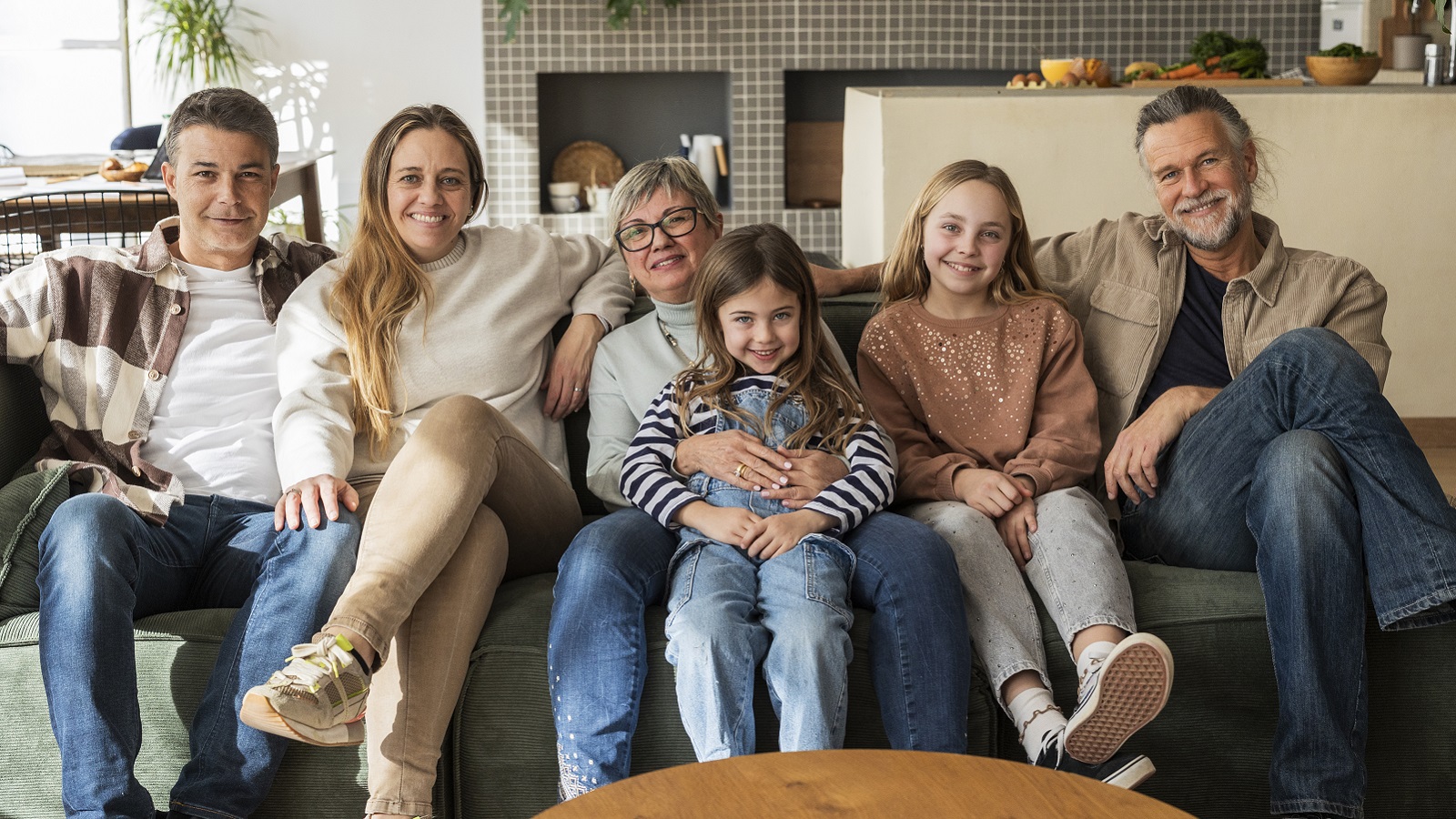 Making It Work: Expert Advice for Retirees Moving in with Their Adult Children
Making It Work: Expert Advice for Retirees Moving in with Their Adult ChildrenMultigenerational households are making a comeback, but the heads of household have changed. Here's a look at the pros and cons of living with your adult child's family.
-
 The High Price of Skipping Workers' Comp Insurance
The High Price of Skipping Workers' Comp InsuranceTwo labor and employment attorneys highlight the penalties (fines, reputation damage and even jail time) that small businesses risk if they opt not to carry workers' comp insurance.
-
 Why You May Want a Postnup
Why You May Want a PostnupEven after you've said "I do," you can draw up an agreement to protect your assets.
-
 How the One Big Beautiful Bill Act Could Reshape 529 Plans
How the One Big Beautiful Bill Act Could Reshape 529 PlansTrump's budget-reconciliation package could change 529 plan rules as early as this summer. What does that mean for you?
-
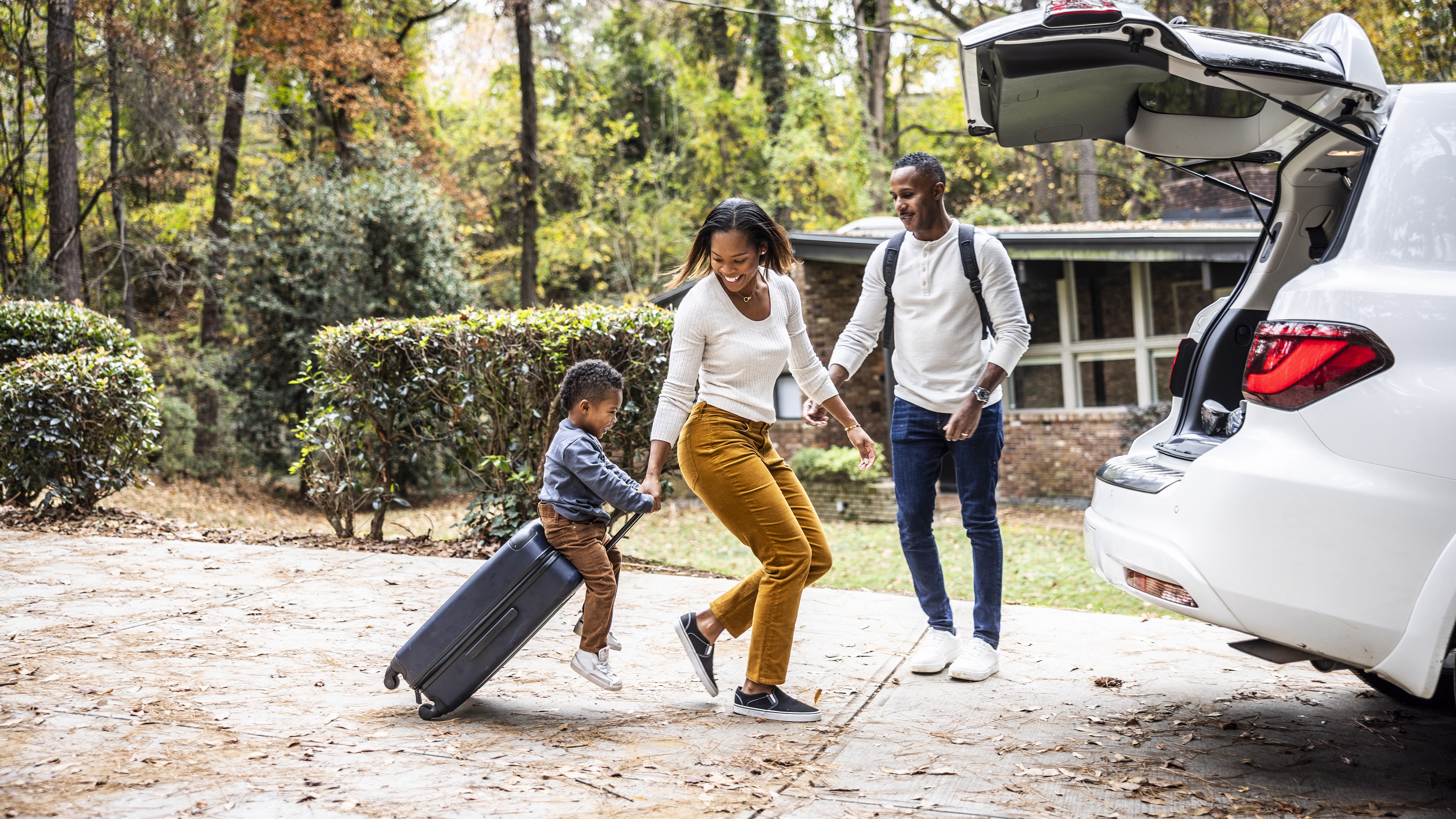 Jet Set on a Budget: Expert Advice for Summer Travel
Jet Set on a Budget: Expert Advice for Summer TravelThese cost-saving strategies, supplied by a financial adviser, are essential for enjoying summer travel without financial stress or debt.
-
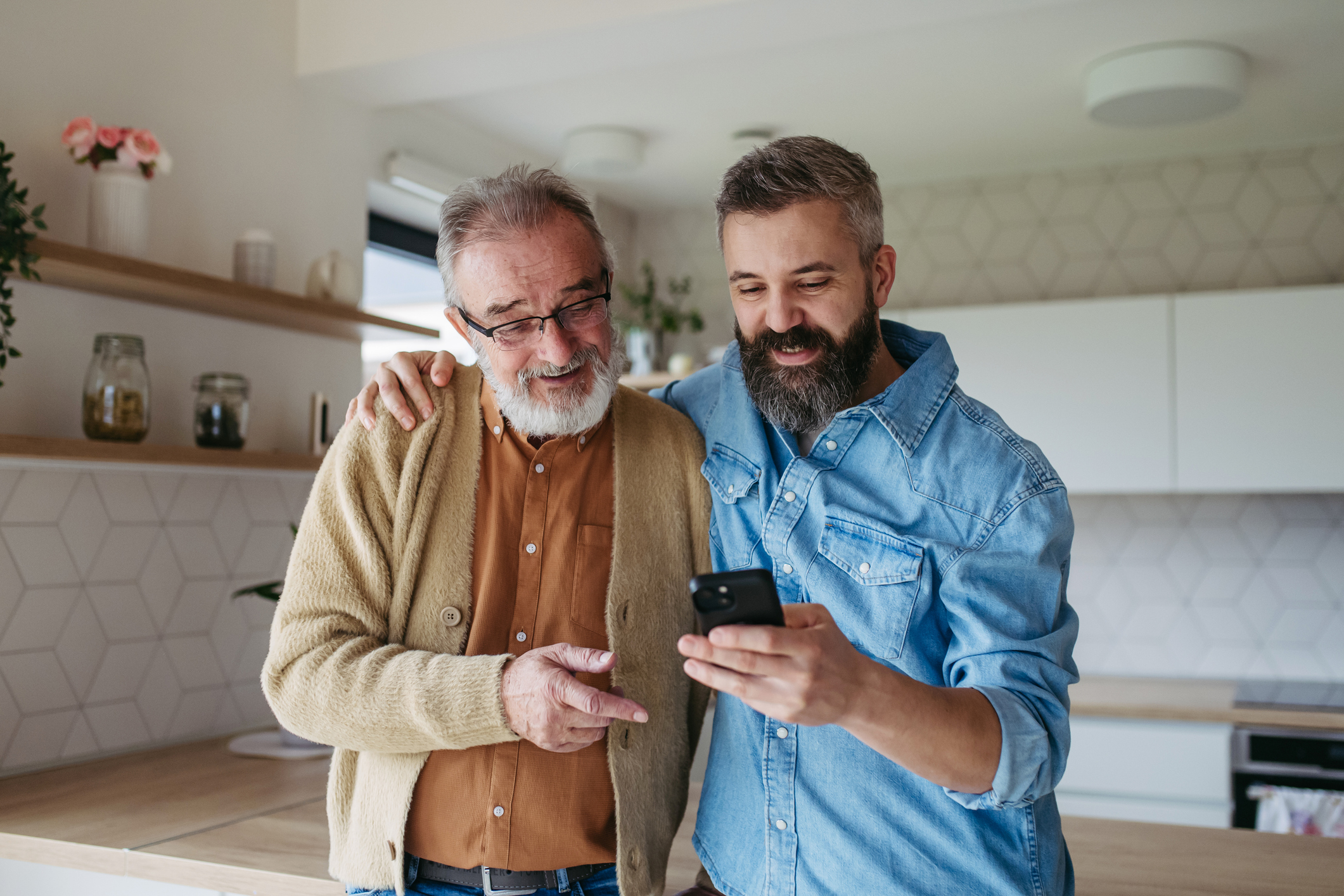 5 Father's Day Gift Ideas That Also Make Good Long-Term Investments
5 Father's Day Gift Ideas That Also Make Good Long-Term InvestmentsTies are tired. Try these growth-potential gifts instead.
-
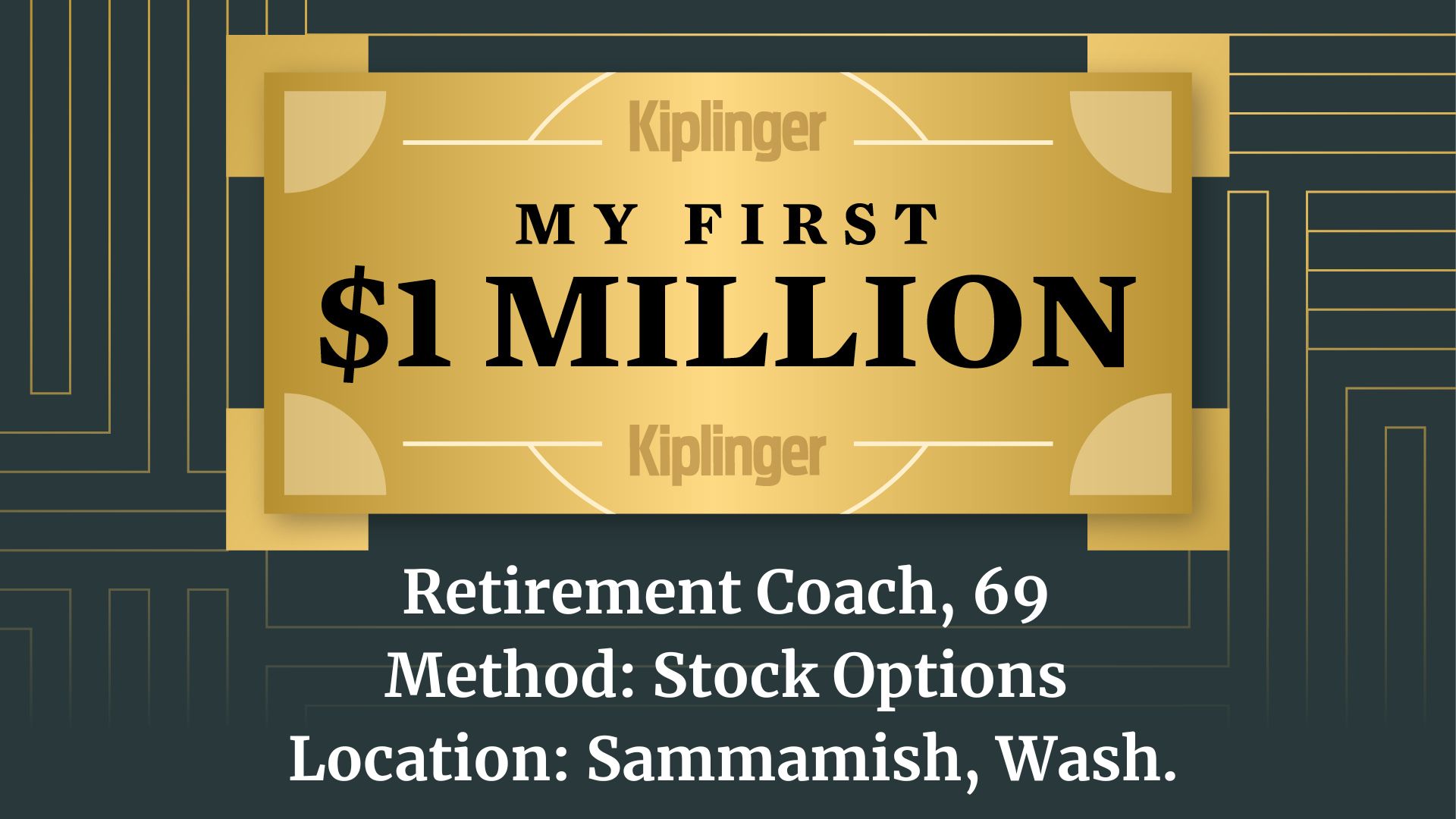 My First $1 Million: Retirement Coach, 69, Sammamish, Wash.
My First $1 Million: Retirement Coach, 69, Sammamish, Wash.Ever wonder how someone who's made a million dollars or more did it? Kiplinger's My First $1 Million series uncovers the answers.
-
 CVS Is Closing More Stores in 2025: What It Means for You
CVS Is Closing More Stores in 2025: What It Means for YouAs CVS Health continues its restructuring plan, additional store closures raise questions about access to pharmacy services and the future of retail healthcare.
-
 The United and JetBlue Partnership: Everything We Know About Blue Sky So Far
The United and JetBlue Partnership: Everything We Know About Blue Sky So FarBlue Sky, the United and JetBlue partnership just announced, will give frequent fliers more ways to earn and use miles. Here's what you need to know.